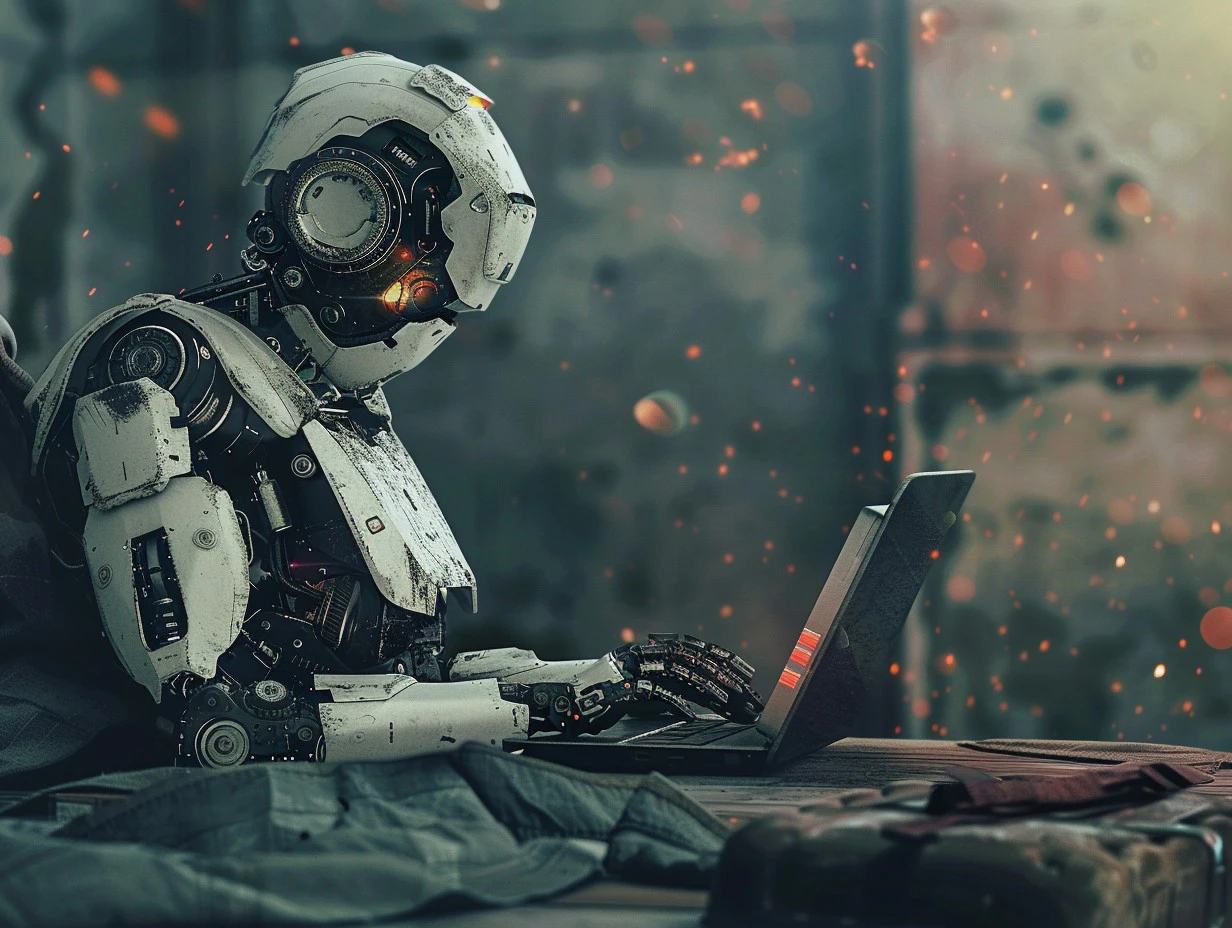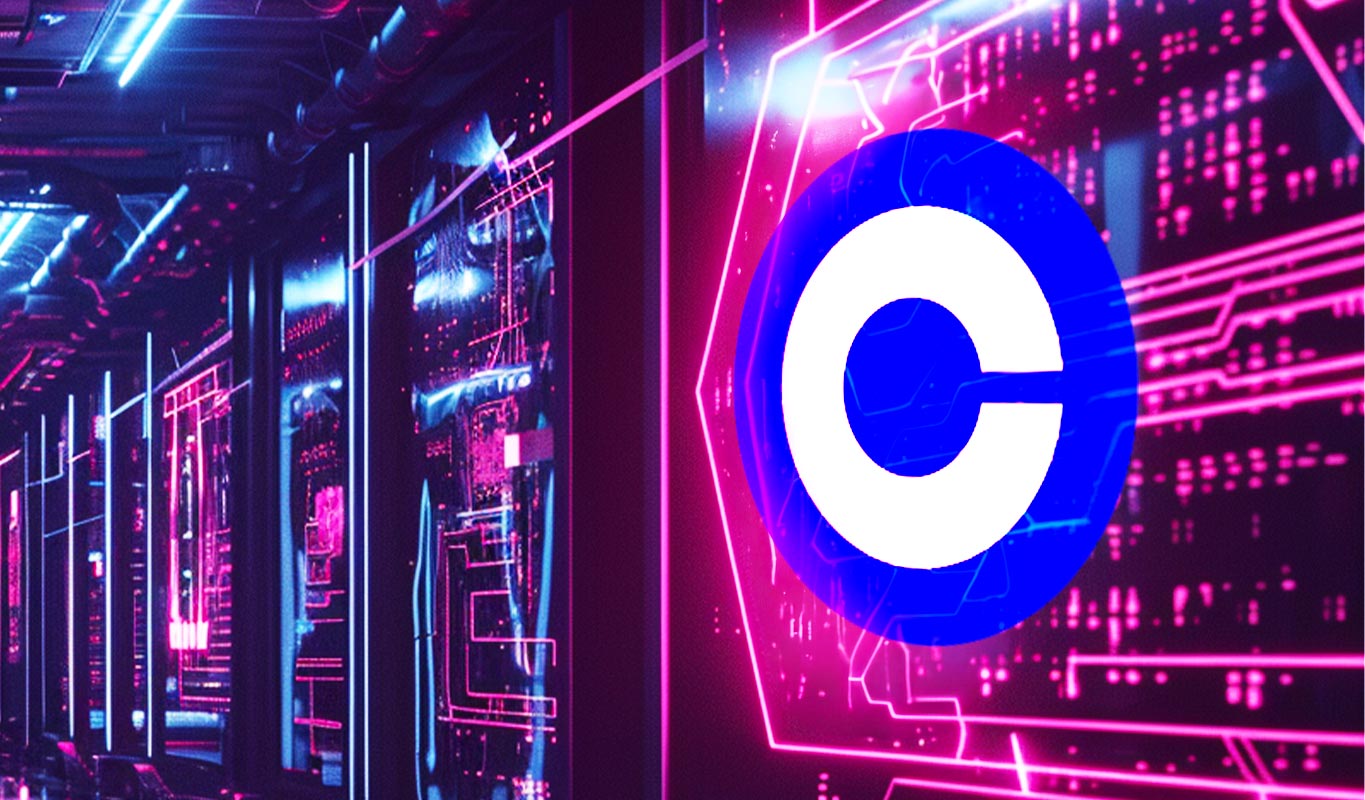If you can’t write better than AI, then you may not be the subject expert you thought you were. Complaints about AI theft are common, but as said many times, AI still can’t write above the level of an average university student.
If you do create any sort of content, from writing to music to videos or photography, there is a good chance that somewhere some AI will have reproduced your work with a bit of tweaking.
But the problem is that most of the SEO-based content is also not up to par, because many publishers think that content rewritten by a writer who doesn’t know a thing about the topic can somehow be made valuable to the readers.
The ones optimistic about technology argue that there seems to be a growing counter-revolt that is more focused on human-created content. These optimists are comparing it to the times when the industrial revolution was gaining traction and there were movements against it. Those art and craft movements used to highlight the value of handcrafted goods.
History repeats itself, so some will prefer it, and many will look for a combination of both. Others won’t care at all. But the fact is, if you don’t use AI in business today, you risk being left behind or won’t be able to meet production demands.
AI is here, and the genie is out of the bottle, with no one knowing how to bottle it back. Tools like Gemini and chatGPT have become part of everyday tasks like Google searches and are considered essential for smooth workflows.
Big brands are also using AI image generation tools like Midjurney, DreamStudio, and Dall-E for their ads, and artists are generating music with AI tools. There are a few ways you can fight back AI that comes to steal your work.
Create your own AI agent
Large language models can mirror what they are trained on. Their ability relies on the data they have been fed, and you can train your own AI model to mimic your voice. Before leaving Microsoft, Bill Gates shared a paper with his top management at the company, saying people will have personal AI agents soon that will help them carry out their daily tasks.
Well, the billionaire wasn’t right when he predicted a spam-free internet by 2006, but he seems quite right this time. Services like Coachvox AI allow authors and creators to train AI models to recreate their unique style by training them on their original content.
These newly trained AIs can interact with the audience on your behalf according to the frameworks you provide. Solutions like these help free time for more important tasks and also provide an ethical solution to scale impact with quality.
Prevent AI theft with code blocks and intoxicating scrappers
Researchers at the University of Chicago have developed two AI tools called Nightshade and Glaze that can help protect the copyrights of visual creative arts. The technique they use is misguiding AI models when they try to use them without permission.
These tools focus on embedding changes in the art that are not visible to the human eye, but they mislead the AI training process if a vendor tries to scrape it off a website. These tools alter some of the pixels of an image so that AI software can’t understand the actual visuals. For example, Glaze will alter the pixels in such a way that an image of a sleeping cat could look like a tall tree to the AI.
Nightshade goes further than just manipulating the visuals; it works the same way, but the changes it makes to the pixels are offensive in a way that they corrupt the AI model’s training data, which will affect their ability to produce correct output for future prompts.
There are still no proper tools to protect written content from scrapping by LLMs but webmasters can add code blocks to stop AI crawlers from scraping content. One more way is to introduce passwords on websites for access, as AI can’t access such platforms, for example, Facebook groups and Patreon. So despite the challenges that creators are facing, they still have something to hold on to, and they are fighting back with the same technology.





